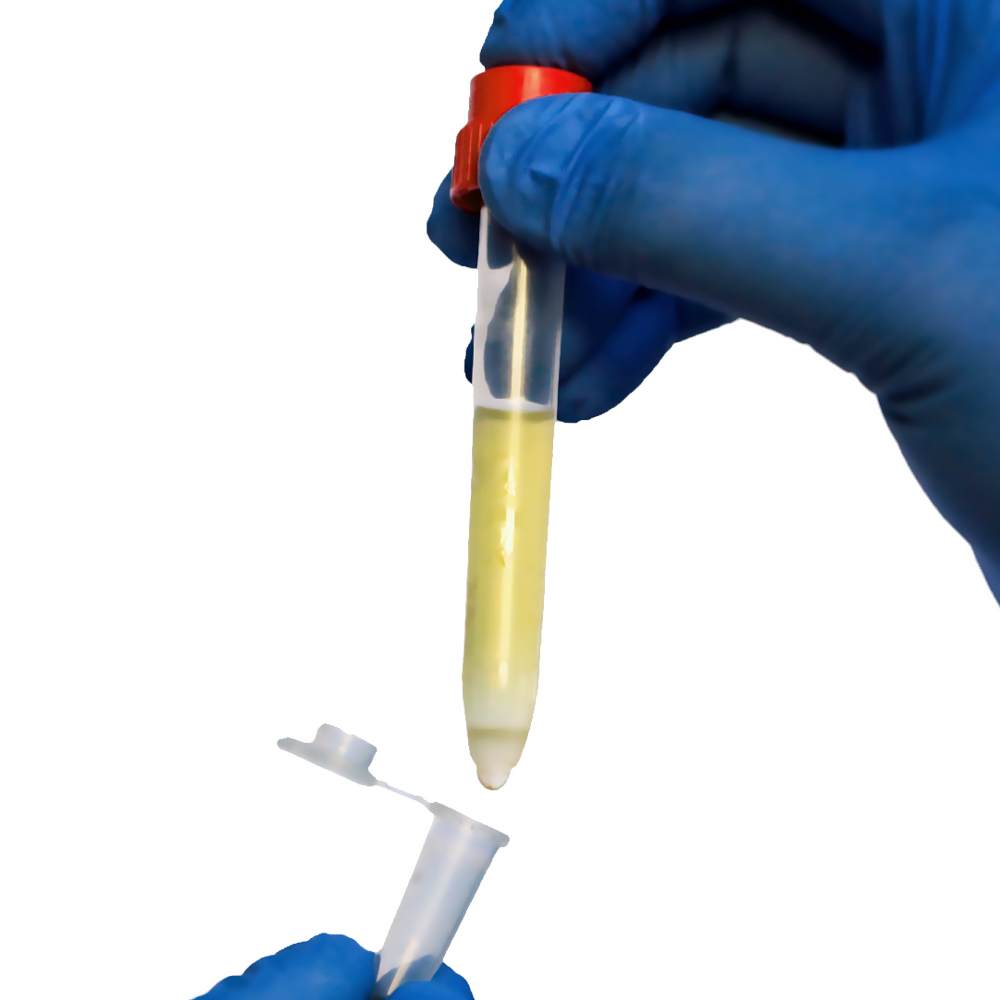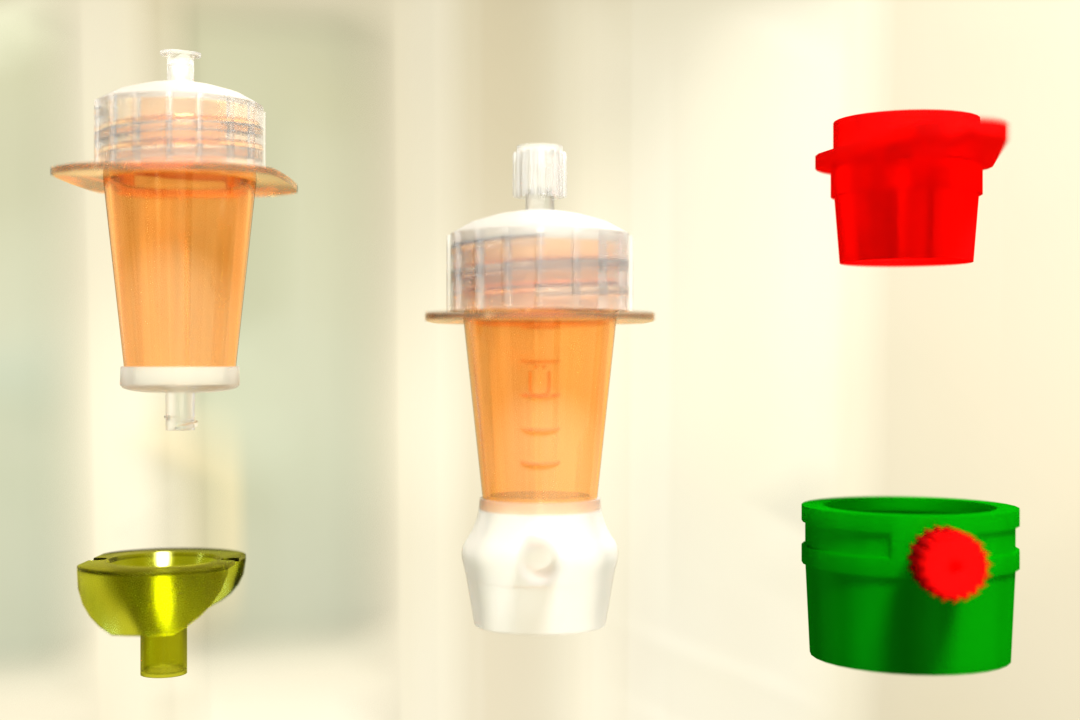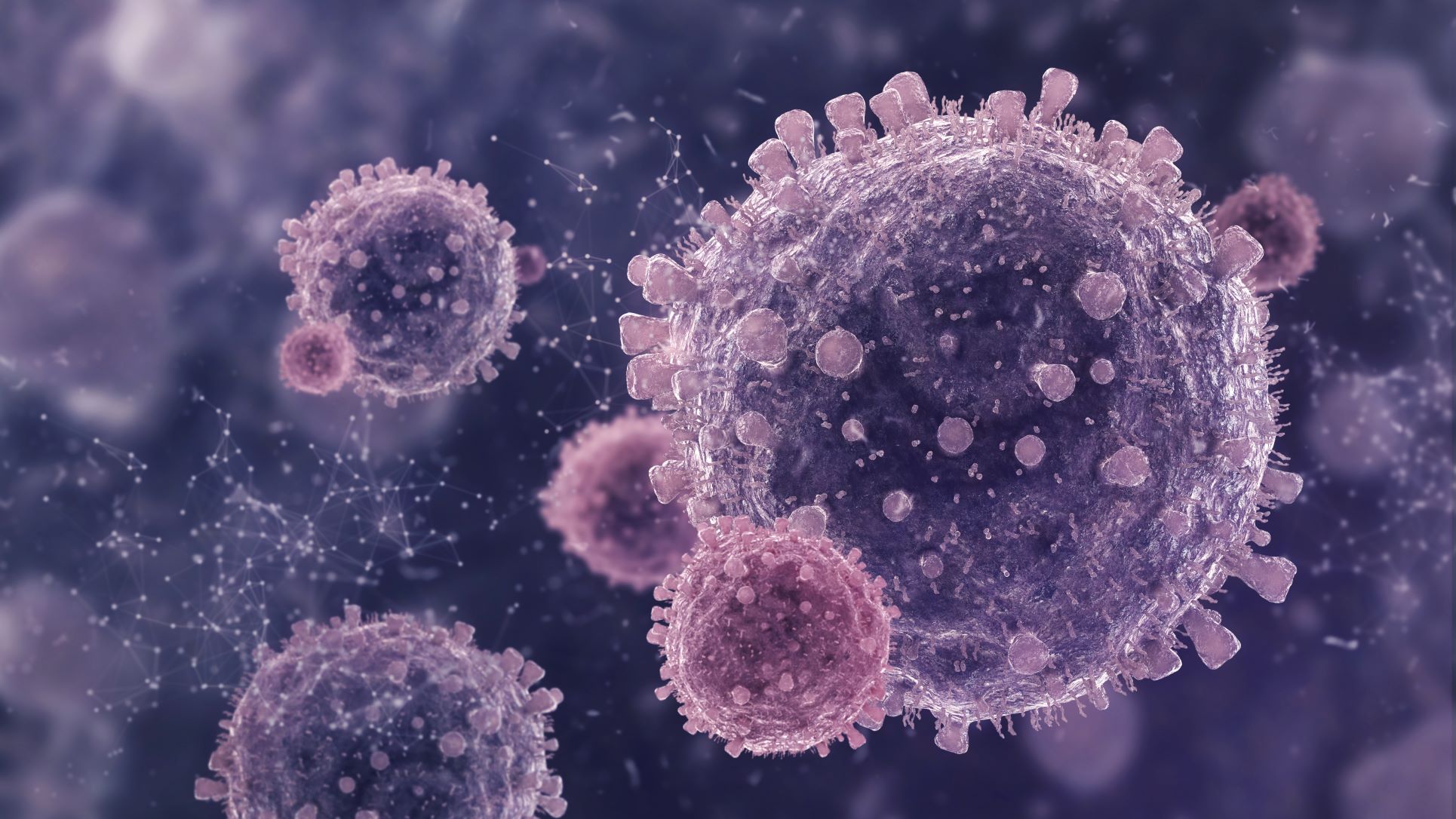Cells are an important research tool for studying various mechanisms in health and disease. They are also useful for diagnostic and therapeutic purposes, which makes them appealing to a wide range of research fields. Immune cells perform a variety of functions, including maintaining body homeostasis, which includes the elimination of infected or cancerous tissue. As a result, these cells are frequently used in various analyses and model systems. The advantage of using immune cells is that they are abundant in sources such as human blood or mouse spleen, both of which are relatively easy to obtain for research purposes.
Cell Separation is the most fundamental practice in cell culture research. Although there are numerous techniques in this field that have been developed to this day, the method that will be used depends on the tissue type, the type of living from which the tissue is obtained, and the age of the tissue.
Because cell interactions are so complex, it’s sometimes necessary to isolate one specific population for subsequent applications and analyses in some experimental setups. Among them are single-cell RNA sequencing, Western blotting, DNA/RNA isolation, protein purification, and various cell culture experiments.
The isolation of a target cell population using an antibody that binds to that population specifically is known as positive selection. An antibody specific for the CD3 molecule on T cells, for example, would be used in a positive selection kit for T cells. Negative selection, on the other hand, involves removing all cell types except the one in question.
Antibodies specific for B cells (CD19), monocytes (CD14), NK cells (CD56), and other cell types would most likely be included in our negative selection kit for T cell isolation. We would be left with only our cells of interest, in this case, T cells, if these cell types were depleted (CD3).
The Advantages of Positive Selection
Positive and negative selection each have their own set of benefits. Because of the specificity of the reaction, the positive selection provides greater purity. Because of the binding of selection antibodies to CD3 molecules, positive selection of T cells will only yield a high purity of T cells in our example.
Negative selection, on the other hand, is inherently leakier because a perfect depletion cocktail that targets all cells lacking CD3 molecules is impossible to develop.
Positive selection has the added benefit of allowing for subsequent selection or isolations. Because negative selection works by binding all cells except the target cells with bead-bound antibodies, further isolations with the negative population are impossible.
The negative flow through the population from positive isolation, on the other hand, will not have bead-bound antibodies and thus is available for another positive selection or a negative selection of your choice.
The Advantages of Negative Selection
Positive selection has the drawback of resulting in bead-bound antibodies in your isolated cells. The used antibody may trigger a signal cascade after binding to is epitope.This may have an impact on your subsequent experiments.
Negative selection may be the best option for you if you believe this is an issue and would prefer ‘untouched’ cells. However, to achieve a pure target population, ensure that the negative selection kit depletes all necessary cells. The desired cells contain no antibodies and are bead-free. This prevents unwanted activation or blocking of the cell population of interest.
How Do Pluribeads Work?
The flow-through is free of antibody-bound beads and can be used to enrich positive or negative cells even further. The cell enrichment with pluriBead can be performed without the need for whole blood preparation. When cells are isolated directly from whole blood, the contamination with unbound cells, particularly platelets or erythrocytes, is very low. Positive separation is faster, less expensive, and produces higher purity.
PluriBead cell isolation binds viaspecific antibodies directly to the cells of interest. The targeting antibody will “touch” the cells. After isolation by using pluristrainers with a mesh size smaller than the pluribeads, the target cells can be detached from the beads by cleavage between the pluribead and the antibody. The antibody is still present on the cell membrane.
Key Features Of Pluribead
- Any sample material can be used, including whole blood, buffy coat, PBMC, secretion/excretion material, brain homogenate, spleen, liver, and so on.
- High Range of Species: Isolate from mouse, rat, bovine, human, canine, sheep, and more
- Fast Isolation: Starting from 5 minutes
- Isolation with Care: A high yield of viable cells reduces the number of samples required.
- Universal pluriBeads: For use with any secondary antibody generated in different species.
- Simultaneous Cell Isolation with pluriBead Cascade
- Separate two different cell types from the same sample material at the same time.
- Sequential Cell isolation: Isolate up to six different targets from one sample
- There are two different bead sizes to choose from: The first one is S-pluriBead which is recommended for a small number of targets in a large sample volume (e.g. CTC). The other one is M-pluriBead which is recommended for a large number of targets in small materials (e.g. buffy coat)
- Suitable for all kinds of targets: Cell culture, Proteins, Viruses, Whole blood, Bacteria, RNA / DNA
How pluriSpin Works?
Negative cell separation eliminates all undesirable cells by centrifugation of the plurispin-sample mixture through a density gradient. Except for the target cells, all other cells bind to specific antibodies and sediment. While undesirable cells are removed, desired cells remain unbound and “untouched” on top of the gradient.
pluriSelect created the pluriSpin system, which isolates untouched and highly purified cells in a single step without the use of magnets or columns, reducing the risk of activating or damaging the cells of interest.
Key Features of pluriSpin
- One-step negative cell separation that is quick, simple, and inexpensive
- Isolate cells from whole blood, buffy coat, or cord blood using pluriSpin and the optimized protocol with standard density gradient centrifugation.
- PluriSpin does not require any special training or equipment, such as special instruments or magnets. All you’ll need is a mixer, such as a whipping rolling mixer or our magnetic stirrer adapter (pluriPlix).
- Isolated cells are highly viable and functional, are flow cytometry compatible, and are not labeled with antibodies or magnetic beads.
- No columns, no magnets required
- Untouched cells for maximum viability
- Remove platelet contamination with PLT Depletion
- Independent of RBC concentration
It’s crucial to select a cell separation strategy that’s right for your assay, target cells, and tissue source.
 English
English French
French
 German
German
 Spanish
Spanish
 Belgium
Belgium
 Italian
Italian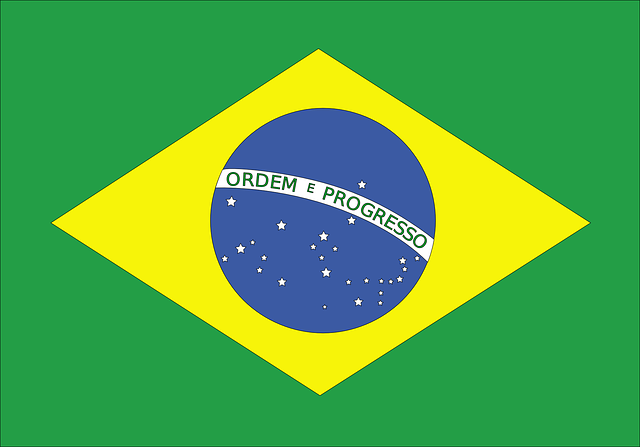 Brazil
Brazil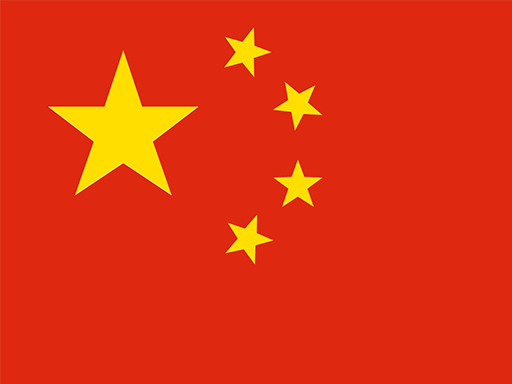 Chinese Mandarin
Chinese Mandarin
